@ntams
What Is Pop Art and How Did It Revolutionize the Art World?
Discover the art movement that flourished in the 1960s
Today, we recognize both the artistic and commercial value of works by Andy Warhol, Roy Lichtenstein, and David Hockney. In November 2013, Warhol’s serigraph, Silver Car Crash (Double Disaster), sold for $105 million, setting a new record for the artist’s work. Warhol is considered one of the fathers of the Pop Art movement. Lichtenstein’s Masterpiece was auctioned for an even higher price in 2017: $165 million.
While these pieces have been auctioned for millions of dollars in the 21st century, this movement has not always been held in such high regard. When Pop Art first emerged, critics described it as vulgar, sensationalist, and "a joke."
Intrigued to learn more about its history? In this article, we will delve into the story of a movement that not only revolutionized the art world in the 50s and 60s, but raised questions about the true meaning of art in an ever-changing world.
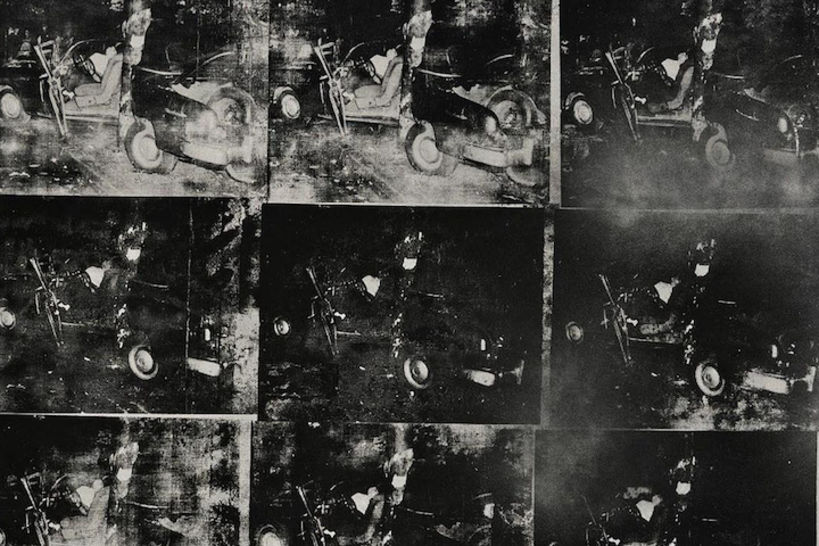

Definition
Pop Art, which means Popular Art, was an artistic movement that was very strongly influenced by advertising, consumerism, and pop culture. It is considered by many to have marked the beginning of the postmodernist era. In works of Pop Art, everyday objects become the focus. One of the most recognizable examples of this is Andy Warhol's Campbell's Soup Cans.

Characteristics
Some key characteristics of Pop Art are:
–recognizable images
–mixed media
–vivid colors
–innovative techniques
–irony
How it emerged
While it is thought to be an American movement, Pop Art was actually born in England. The Independent Group (IG), founded in London in 1952, is considered a precursor of the movement. The term “Pop Art” was coined during one of their debates by critic and curator Lawrence Alloway.
IG brought together artists and intellectuals interested in debating and challenging traditional concepts in art and culture. Its members tried to establish a dialogue between popular culture (advertising, cinema, and comics) and "highbrow" culture. Compared to the American version, their approach was far more academic.
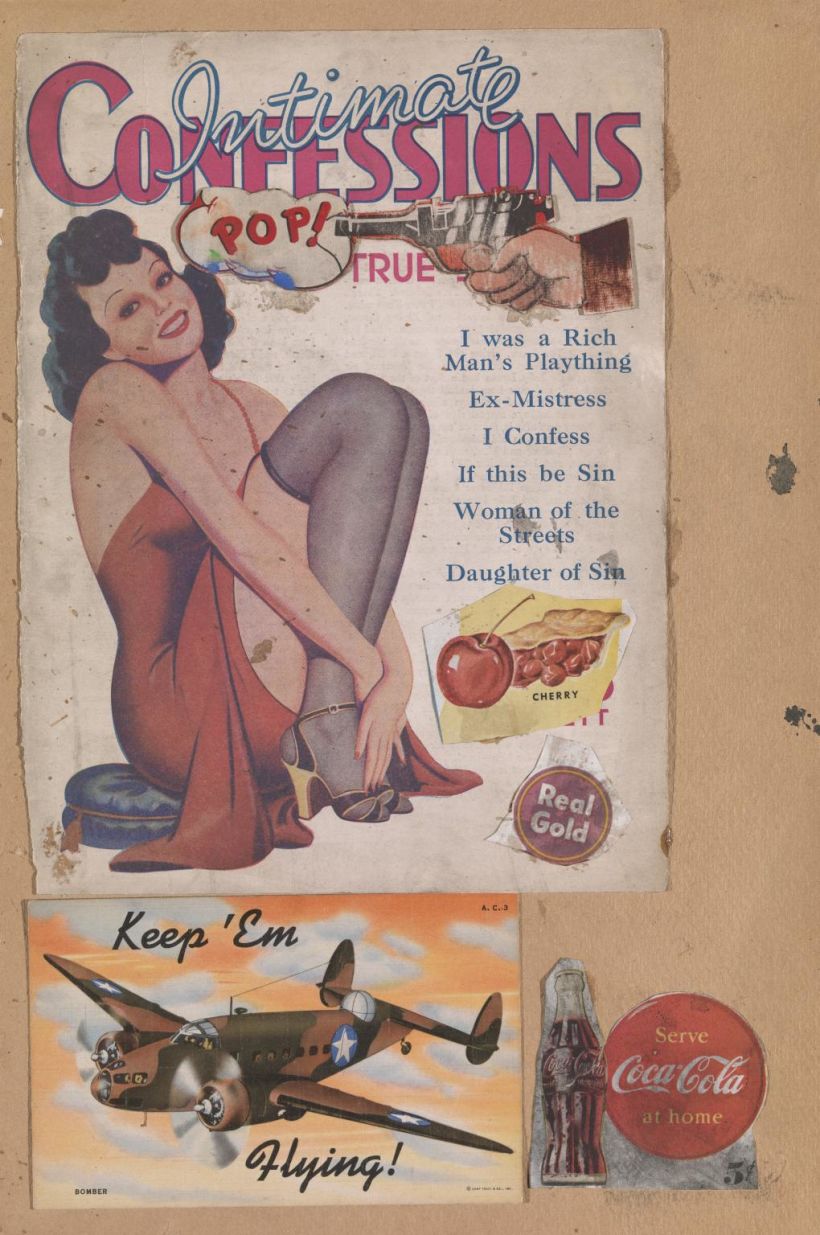
At one of the IG's meetings, Scottish artist Eduardo Paolozzi exhibited a series of collages he had made in Paris out of cut-outs from advertisements, comics, and magazines that summed up, for the most part, United States culture. After his presentation, the group began devoting itself almost exclusively to studying and producing art based on the iconography of American mass culture.
In 1956, Richard Hamilton's collage, Just what is it that makes today's homes so different, so appealing? was exhibited for the first time at the Whitechapel Gallery in London, marking the start of a cultural phenomenon. This movement would cross the Atlantic, landing in the USA.
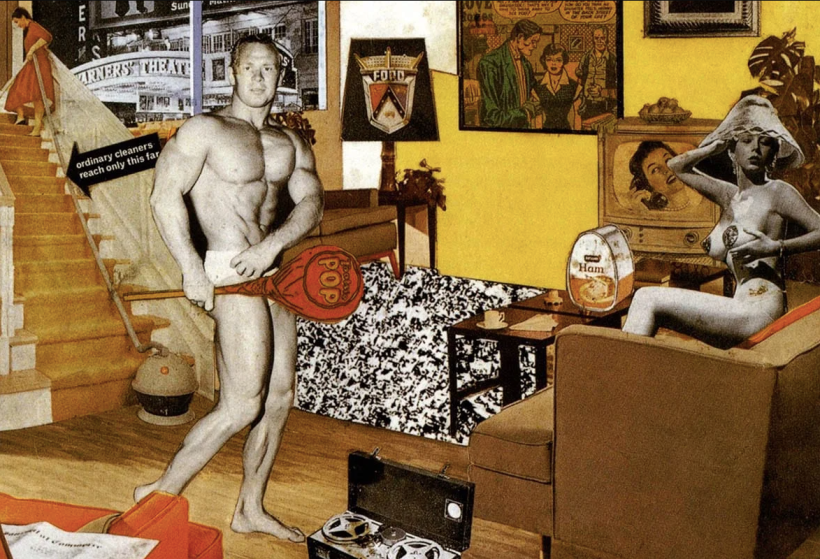
Pop Art in the United States
In the United States, Pop Art reflected post-war prosperity and consumerism and was a response to the dominant style of the time: the abstract expressionism developed by artists such as Jackson Pollock, Willem de Kooning, and Mark Rothko (who actually rejected this label). It represented, in a way, an attempt to return to a more objective and accessible style, one that could be appreciated by both experts and laypeople.
It also rejected the divide between highbrow and lowbrow culture. By incorporating and mixing elements of both, it questioned the real meaning of art, much like the Dadaist artists of the early 20th century.
Key artists
Andy Warhol
When talking about Pop Art, Andy Warhol is the first name that comes to mind. The American artist worked across a variety of disciplines: painting, screenprinting, photography, and film. He always presented an ironic version of the American Way of Life.
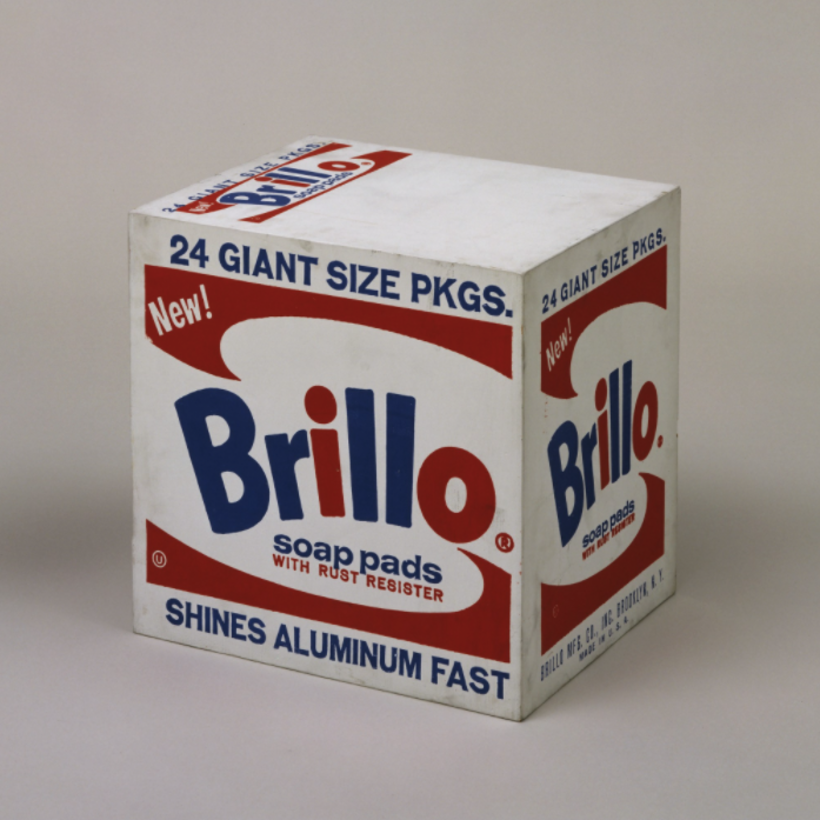
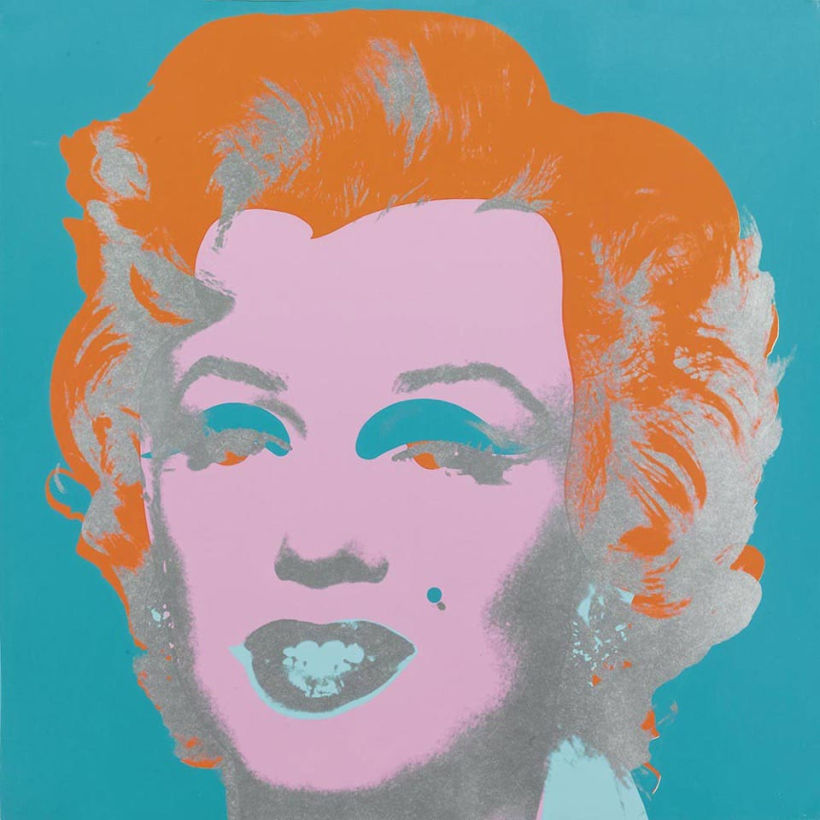
Roy Lichtenstein
The American painter’s most famous works mimic the style of comic books through the use of Ben-Day dots and flat colors.

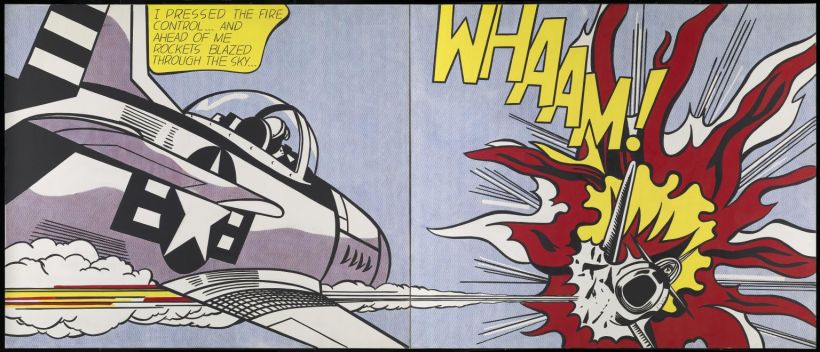
David Hockney
This British painter and photographer has an eclectic and colorful aesthetic that makes his collages, illustrations, paintings, and photographs instantly identifiable. He focuses on portraits, landscapes, and still life.


Following on from this journey through history, check out Paul Fuentes’ course, Creation of Pop Art Images with Daily Objects, and create your own Pop Art universe with everyday objects.
English version by @eloise_edgington.
You may also like:
–7 World-renowned Artists Exploring LGBTQ+ Identity
–5 Photographers Who Defined the Self-portrait
–5 Socially-conscious Artists Creating Art Out of Waste




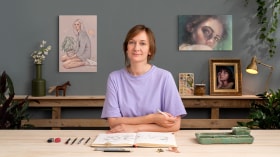


+0 Kommentare